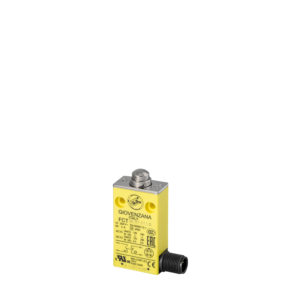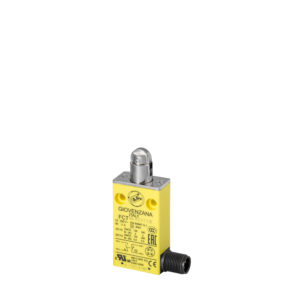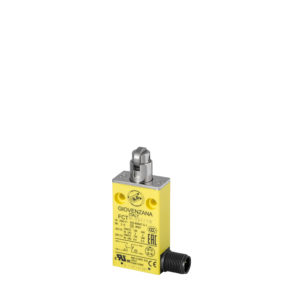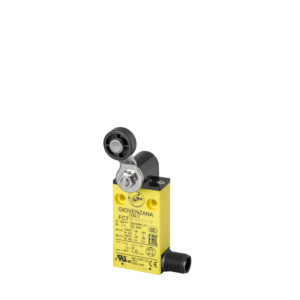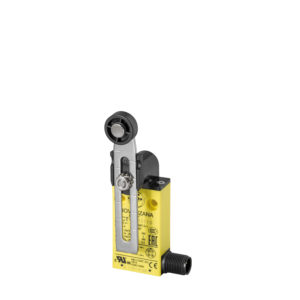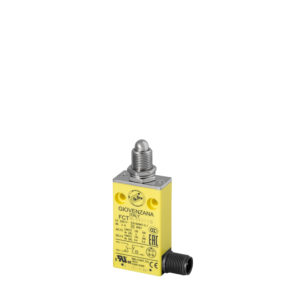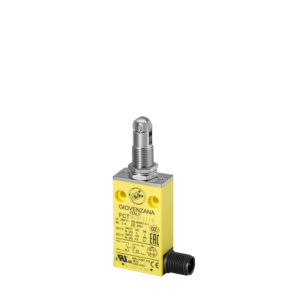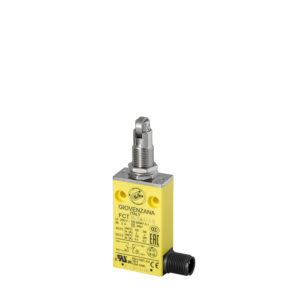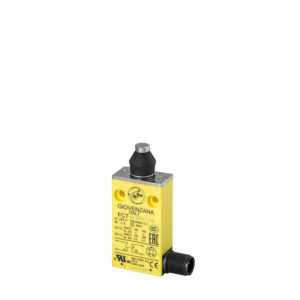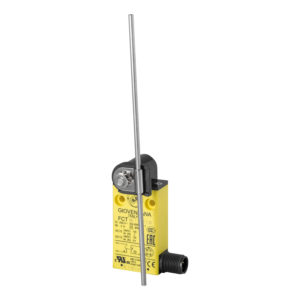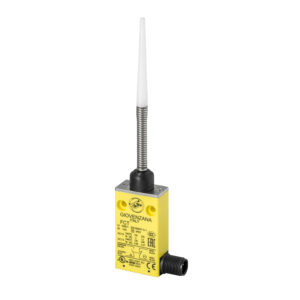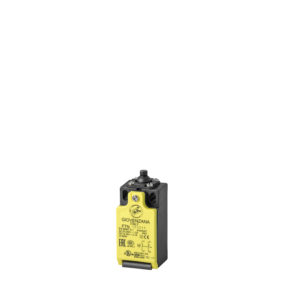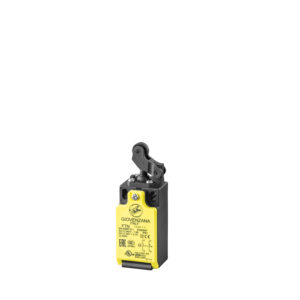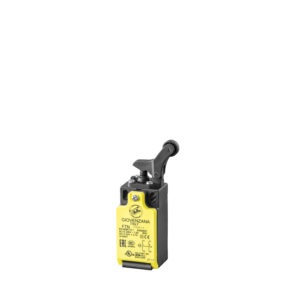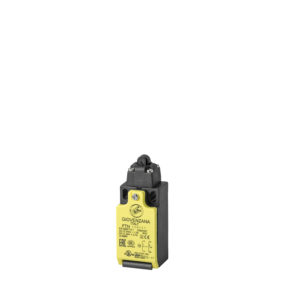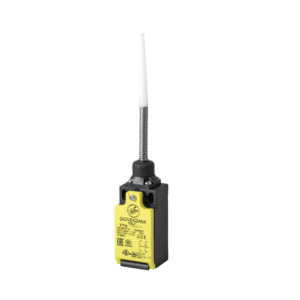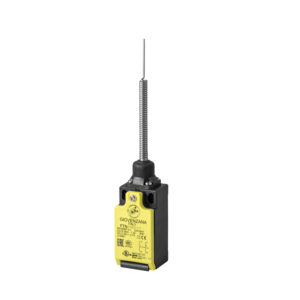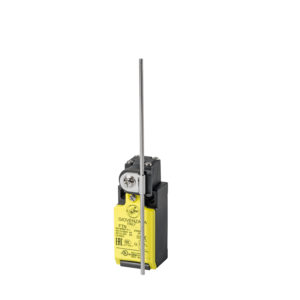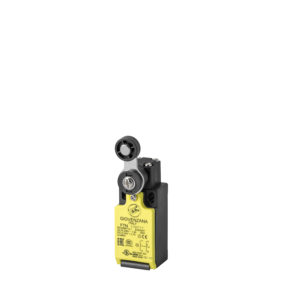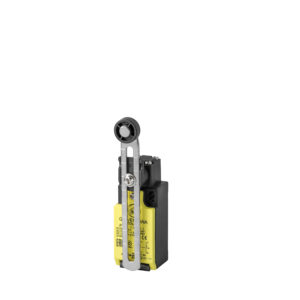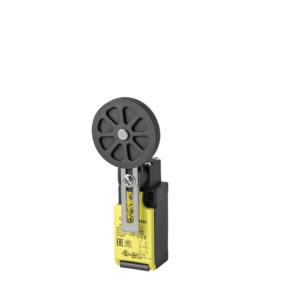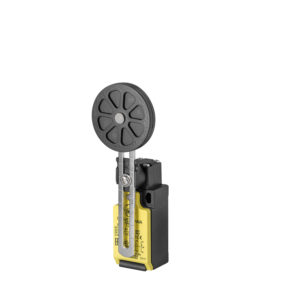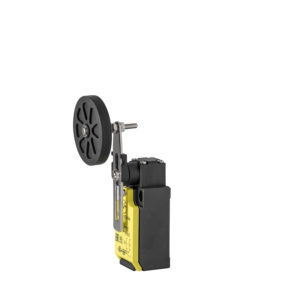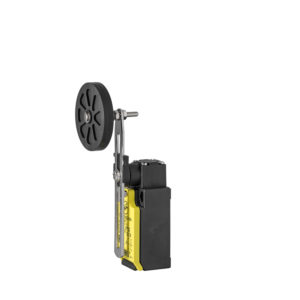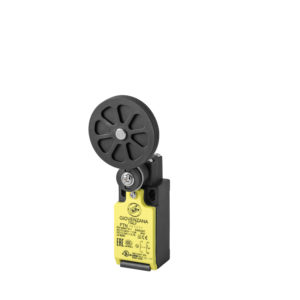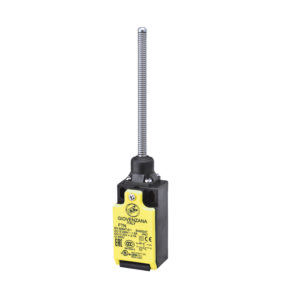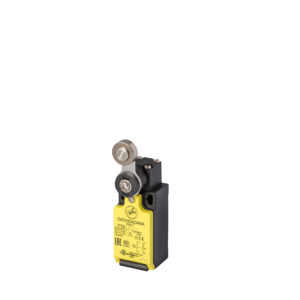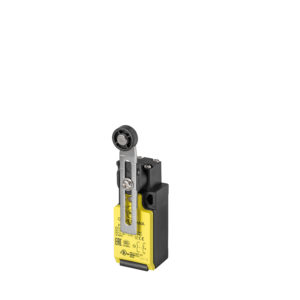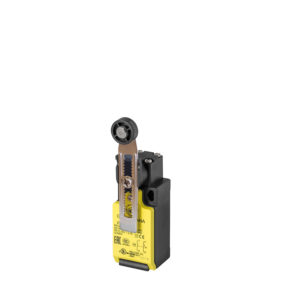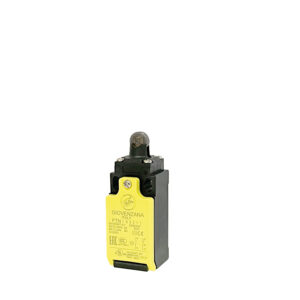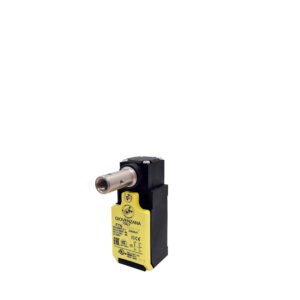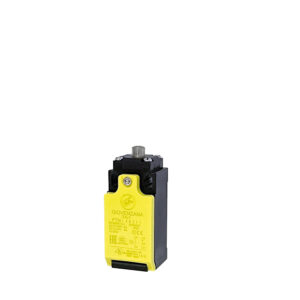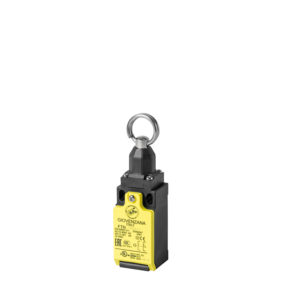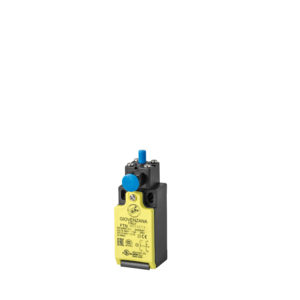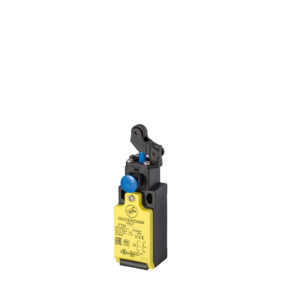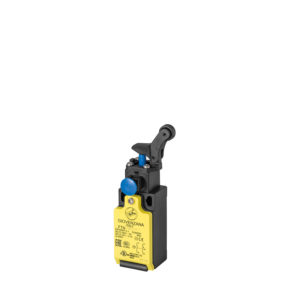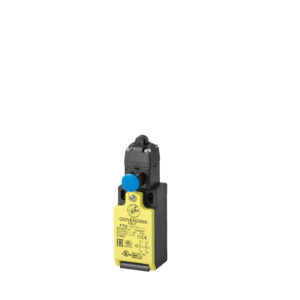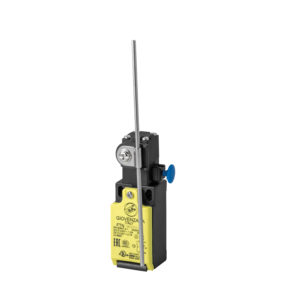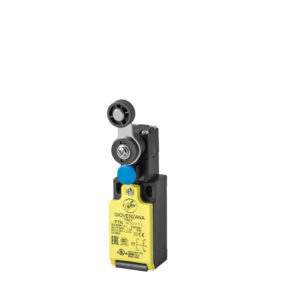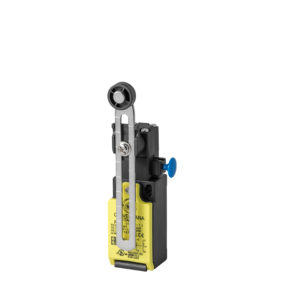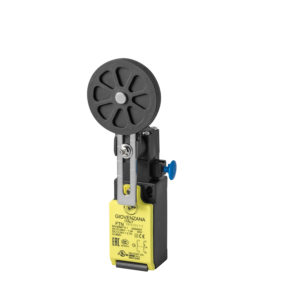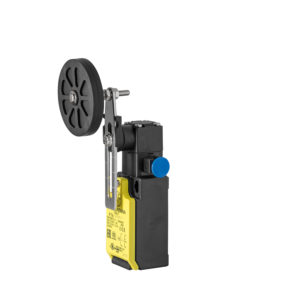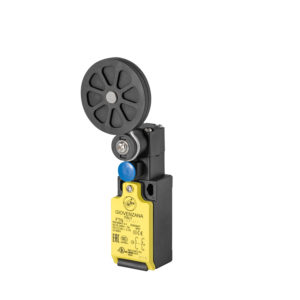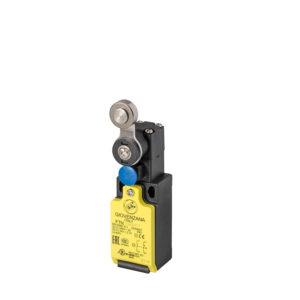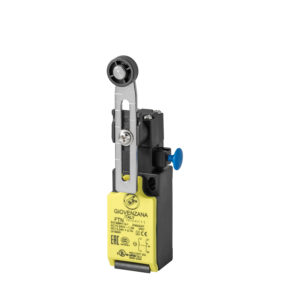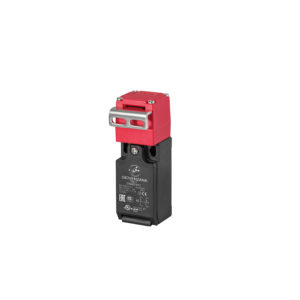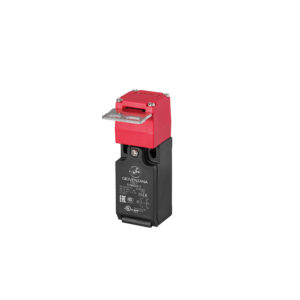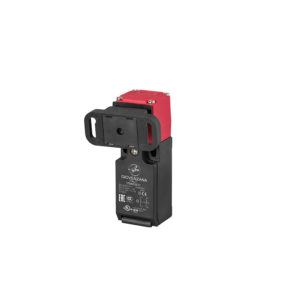LIMIT SWITCHES range satisfy the most disparate needs covering application fields in the automation, lift and machinery sectors in general.
PRODUCT LINES:
FTN Series > thermoplastic limit switches IP67
FTN1R Series > thermoplastic limit switches with manual reset IP67
STNK Series > safety limit switches with key IP67
FCT Series > thermoplastic pre-wired limit switches IP67 (with 2 mt cable with lateral or vertical entry)
FCTM Series > thermoplastic limit switches with M12 connection IP67 (with lateral or vertical entry)
DOUBLE INSULATION
Materials of group II, according to IEC 536, are made with double insulation. This consists of doubling the insulation capability by means of an additional divider in order to eliminate any electrical shock risk and avoid the need for any additional protections.
POSITIVE OPENING
A limit switch complies to the specification when all the normally closed contact elements of the switch can be changed, with certainty, to the open position (no flexible link between the moving contacts and the operator of the switch, to which an actuating force is applied). Positive opening doesn’t apply to NO contacts. Control switches with positive opening operation can be equipped with either slow-break or snap action contacts. In order to use different contacts on the same switch, it is necessary to electrically separate them; otherwise only one contact can be used. Every positive opening control switch must be marked on the external housing with the symbol ->
CONTACT ELEMENTS ACTING INDIPENDENTLY (Or Snap Action)
Is defined, under IEC947-5-1/EN6094-5-1, the contact element of a device for manual or automatic controlcircuits where the speed of motion of the contact isvirtually independent of the speed of motion of the actuator. Commonly called “quick trigger” the electrical behavior of these elements means that the contact is in order even in the slow movements of the actuator.These contact elements have position doesn’t coincide with the release of drive (differential stroke).
CONTACT ELEMENTS DIRECT ACTING (Or Slow Action)
Is defined, under IEC947-5-1/EN6094-5-1, the contact element of a device for manual or automatic control circuits where speed of movement of the contact de-pends on the speed of motion of the actuator.
APPLICATIONS
Position switches are specifically designed to control the movement of overhead cranes, hoists and industrial machinery. These are auxiliary commands which intervene on the machine’s motor through a power interface, such as a contactor or a PLC.

